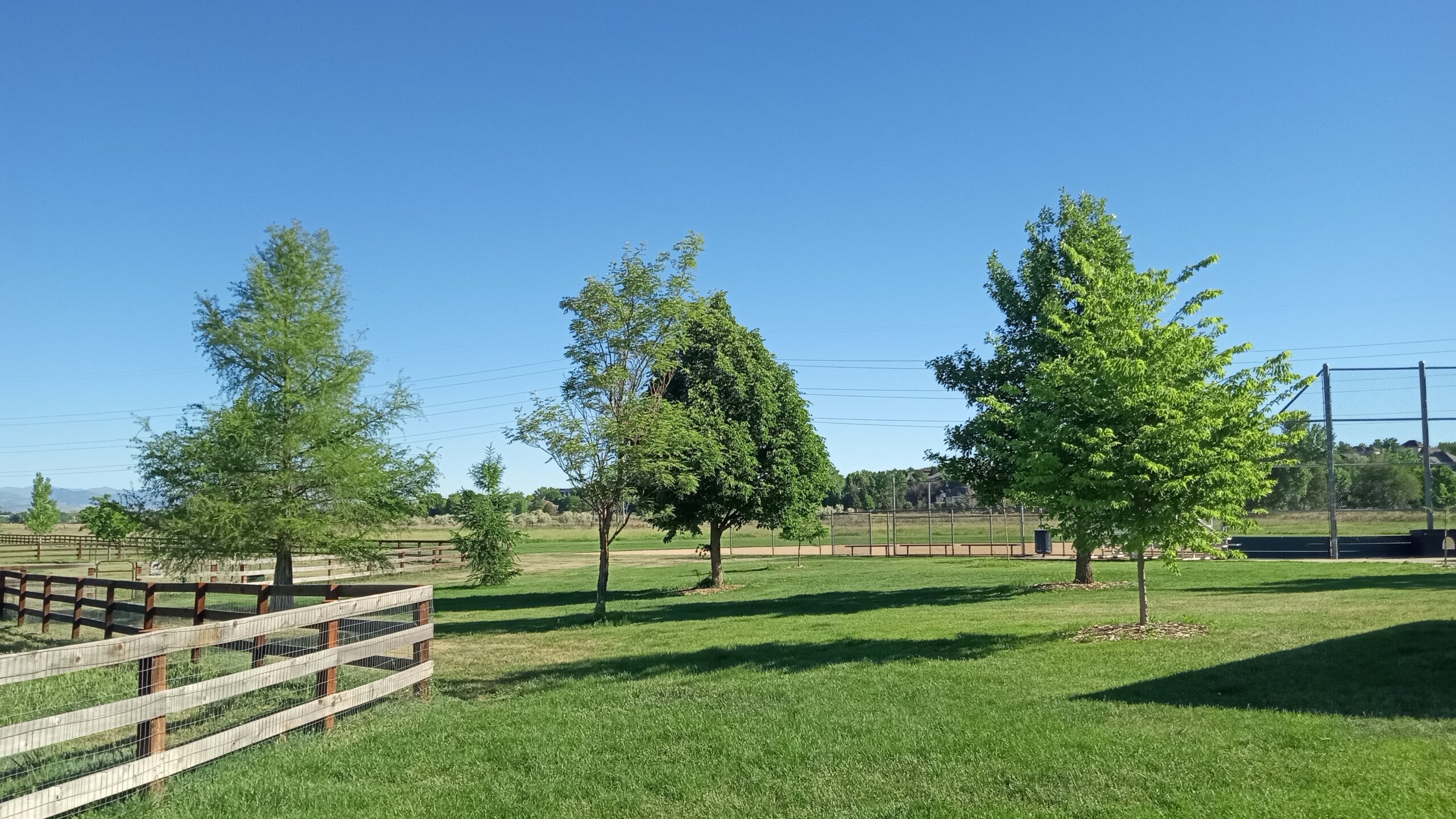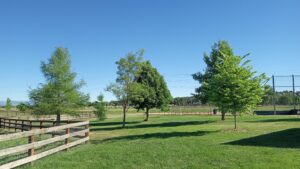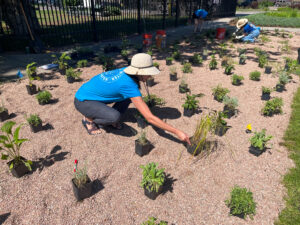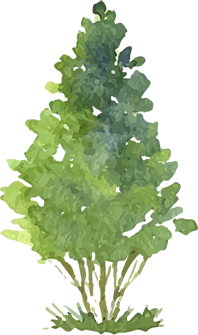Arborist’s Corner: The Importance of Biodiversity in the Landscape

What is biodiversity?
Simply put, biodiversity refers to the number and variety of species in an area. When we talk about biodiversity, we talk about it in terms of abundance.
An example: a yard with four different species of trees, three different species of woody perennials, and various types of herbaceous plants is going to have more biodiversity, and is more abundant, than a yard with mostly grass, one or two trees of the same species, and a couple of flowering shrubs along the foundation of the house. While we may find the latter more aesthetically pleasing – regularly mown lawns and nicely trimmed shrubs do look quite tidy – the lack of variety isn’t exactly the most biologically diverse or beneficial to you and your environment.

Why do we need this in our landscape?
Probably the most important reason for biodiversity is for resiliency, the ability to recover from natural disasters. Think of the Emerald Ash Borer (EAB). One-sixth of Denver’s urban canopy is made of ash trees. Without the proactive and thoughtful approach toward EAB prevention by Denver’s Office of the City Forester through the Be A Smart Ash campaign, we risk losing 1/6 of our trees. To put that number into perspective – that’s over 300,000 trees. While ash trees are beautiful and tough enough to handle urban conditions, over-planting them across the country has led to canopy devastation in some areas due to the infestation of EAB. In short, having a diverse urban forest leads to more resiliency. When one species is damaged or removed, others around it can “step in” to provide those ecosystem services we love, such as the cooling of urban heat islands and the cleaning of our air and water. In other words, if we have a variety of species of trees, the threat of the next invasive pest is minimized, and the ecosystem that is our urban forest has a better chance of bouncing back.
Another very significant reason for biodiversity is urban wildlife: it brings in beneficial organisms like insects and birds. We don’t usually think of insects as “beneficial”, especially when we’re swatting mosquitoes and cursing Japanese beetles on our roses and linden trees, but we can’t deny the importance of our pollinators. For example, beneficial insects like ladybugs and green lacewings are predators of organisms like aphids, making them great garden allies, and decreasing the use of harmful, chemical-based pesticides in favor of natural, biological pest control.
So, if you’re thinking about planting a tree – and I highly recommend you do – take a look around and observe what’s in your neighbors’ yards and try to plant something unique. Our urban forest only gets stronger and more resilient with more biodiversity, and with more people like you.
Categories
Archives
Support us with a Donation
Related Posts

Arborist’s Corner: Show Us Your Root Flare

Arborist’s Corner: The Importance of Biodiversity in the Landscape



